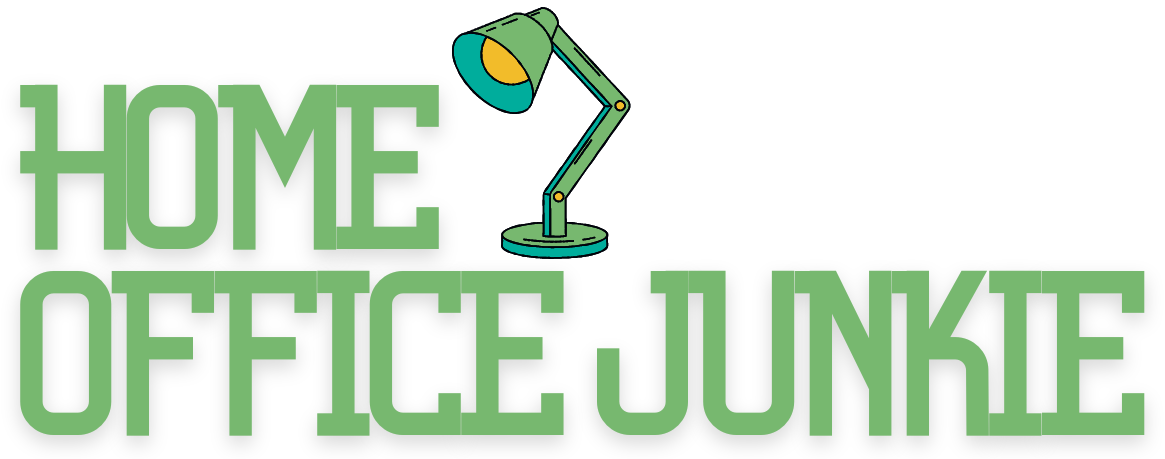COVID-19 may have boosted the work-from-home trend, but it looks like it’s here to stay long after the lockdown has ended. According to the American Community Survey (ACS), the number of people primarily working from home tripled from 2019 to 2021, from 9 million to almost 28 million people.
Of course, the work-from-home lifestyle isn’t for everyone, and many offices have done all they can to encourage people back into the office, whether it’s necessary or not.
While the debate rages on over whether working from home or in the office is best, some common myths about the WFH lifestyle have surfaced. In this post, we’ll debunk some of the most common myths about working from home and look at the research to discover the truth.
5 Common Myths About Working from Home
Whether you’re thinking about making the shift to remote working or you’re currently sitting in your home office and want something interesting to read, here are some common myths about working from home we need to talk about.
Myth 1: Remote Workers Aren’t Productive
“I’d never get anything done if I worked from home.” If you already work from home, you’ve probably heard this one a lot from family and friends.
There’s a common belief that working in the office makes you more productive because there are fewer personal distractions. But is that actually the case?
A study at Stanford University found that remote workers were actually more productive than their in-office counterparts by 13%.
This was backed up by a large-scale survey from ConnectSolutions that showed 30% of people working from home did more work in less time, and 24% did more in the same period of time.
“People who work from home tend to have a quieter, more convenient work environment, so they get more done in less time. This can also open up opportunities for other ventures like trading and investing, helping people increase their income within the same number of hours.” – Leo Smigel of Analyzing Alpha
Myth 2: Working from Home is an Easy Way to Make Money

Now, just because people are more productive when working from home doesn’t mean it’s an easy way to make money.
There are plenty of influencers online convincing people they can make $10K a month working just 3 hours a day, but it’s just not the case.
Working from home takes discipline and an organized schedule. If you have a family, you do have to learn to juggle your time and commit to putting the work in, even when Netflix is calling your name.
“It’s not easy to make extra cash when working from home, or everyone would be a millionaire in their PJs. However, it does give you the unique opportunity to create multiple income streams so you’re not tied to your 9-to-5. Working from home gives you more flexible hours, meaning you can look into legitimate part-time hustles like online and retail arbitrage, Amazon FBA, or even starting your own business.” – Tom Paddock from Learn Retail Arbitrage
The easiest way to stay on track when working from home is to set up a dedicated office space. Whether that’s a home office or just a desk in the dining room, having a dedicated space will help you switch from home to work time when needed.
And don’t be afraid to create a home office you love to be in. Now you’re working from home, you’re not restricted by office rules.
Go for masculine, industrial decor if that’s your style, or surround yourself with fresh, feminine influences if you prefer – now is your chance to create a fun office you love to spend time in.
Myth 3: Remote Work is Just for Younger Generations
When we look at the stats, most remote workers are aged between 25 and 35. Many think this is because younger workers value flexibility and work-life balance more than the generations before them, and brands are looking to attract a young workforce.
But this doesn’t mean remote work is reserved for the younger crowd. In a National Research Group Report, around 60% of Gen Xers and 52% of millennials said they would save money working at home, which was a main concern of the older generations.
What’s more, a report by Hubble showed that Gen Z and Millennials were significantly more pro-office than Gen X and Baby Boomers.
It seems that the willingness to work remotely is much more down to individual preferences than the age bracket, and it can be a benefit or hindrance, depending on the person.
Myth 4: In-office Work is Inherently Superior

Working in an office has its benefits. Collaboration is easier, connection with colleagues is encouraged, and accountability is everywhere.
But we’ve been so hard-wired to work in offices that there’s a growing myth that office work is inherently superior to working from home. Studies have shown around half of workers found working from home isolating, so it’s easy to see why this myth is prevalent.
“We’ve always found that the best way to beat loneliness and stay connected to your team is regular catch-ups and meetings. Get yourself dressed and ready for work every morning, even if you’re not leaving your house. This instantly gives you the motivation to get your work done and makes sure you look great in your Zoom meetings!” – Jason from Shaving Advisor
If there is no focus on collaboration between in-office and at-home staff, working from home can quickly feel lonely, and employees can feel out of the loop.
However, with advances in technology, working from home can be just as collaborative and engaging as working in the office. Companies need to focus on implementing software that allows their remote workers to remain part of the team, whether that’s through collaborative team tools, meeting software, or regular check-ins and updates via email.
Myth 5: Allowing Remote Work Brings Cybersecurity Challenges and Other Risks
According to a 2022 report by Alliance Virtual Offices, cyber attacks rose by 238% during the COVID-19 pandemic. This was attributed to the increased use of the public Cloud, a major area of cybersecurity concern.
Huge corporations spent years building up their security, but remote workers are no longer within their guarded walls, so they’re much more vulnerable to cyber-attacks.
However, there are simple protocols businesses can use that mitigate the threat to remote workers. By strengthening data protection programs, ensuring proper cloud configurations and access, and establishing ongoing security awareness programs, brands can lessen cybersecurity risks and protect their employees.
Will You Make the Shift to Working From Home?
Flexible working and work-from-home options aren’t going anywhere. Around two-thirds of organizations in the US now offer some form of hybrid work hours, and more and more staff are demanding a better work-life balance.
The key is flexibility. Not all people thrive when working from home, but many prefer the option to work remotely. If you’re on the fence about working from home, check if your employer has any flexible schedules in place to dip your toe in the WFH water and see how you do before committing.

